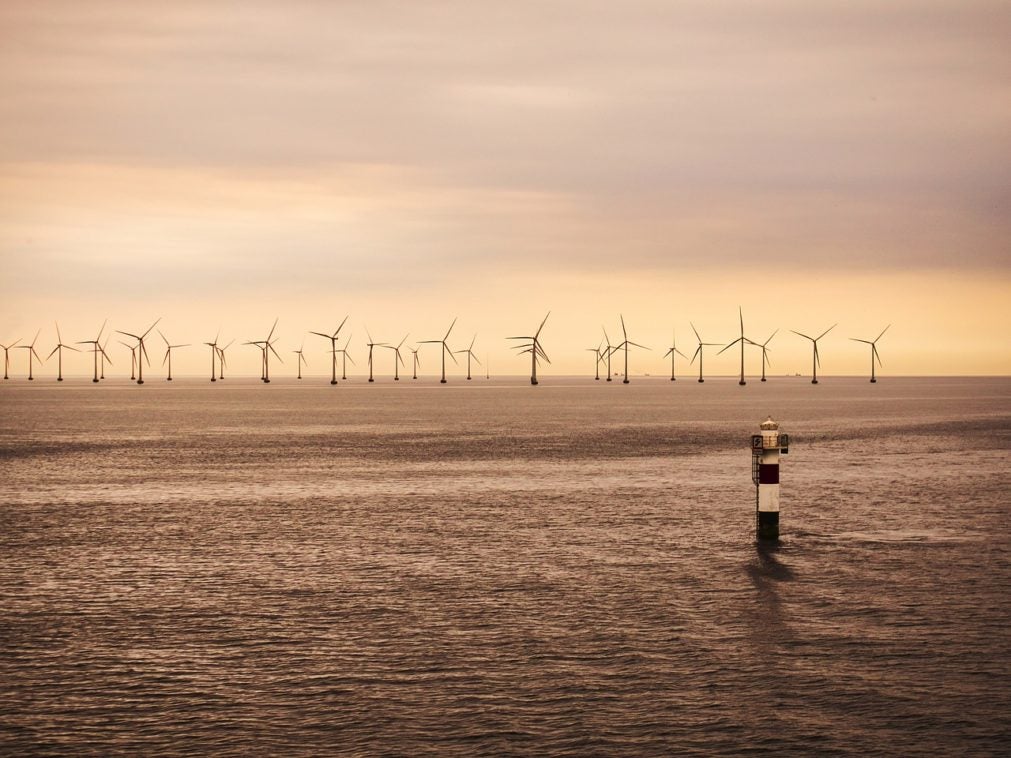
Bay State Wind, a joint venture between Ørsted and Eversource, has submitted its proposal to build an offshore wind farm in Massachusetts, US.
The bid submission was in response to the commonwealth’s second Request for Proposals (RFP) and it included proposals for 400MW and 800MW wind projects.
Bay State Wind claims that if selected, its 800MW offshore wind project can deliver clean and reliable energy to Massachusetts, enough to power up to 500,000 homes, while reducing enough carbon emission, equivalent to taking away 350,000 cars off the road.
The 800MW offshore wind project has been in development since 2015
The JV company stated that it submitted the proposal, which is in development since 2015, after rigorously evaluating it. The project will be located 25 miles (40km) off the Massachusetts South Coast and 15 miles (24km) off the coast of Martha’s Vineyard.
Bay State Wind’s offshore wind project is expected to diversify the state’s power sources with clean, reliable energy, apart from replacing lost capacity as a result of several major power plants going offline over the next decade.
Ørsted North America President and Ørsted U.S. Offshore Wind CEO Thomas Brostrøm said: “Since day one our team has been focused on delivering cost-effective, renewable offshore wind energy to the Bay State.
“Our project will not only create jobs and provide local investment, it will be delivered by the offshore wind’s leading experts to ensure the project is achievable, sustainable and successful for the commonwealth.”
Bay State Wind will leverage both Ørsted’s experience of developing 25 offshore wind farms across the globe and Eversource’s over 100 year presence in the Northeast.
Currently, the project development is being supported by more than 50 local full-time employees.
As part of its efforts to collect more information and research about the project footprint and its surrounding environment, the company has gathered two years of advanced FLiDAR wind speed data specific to its lease area.
It has also conducted over 12,000 miles (19,312km) of geotechnical surveys in the lease area and along the export cable route.



